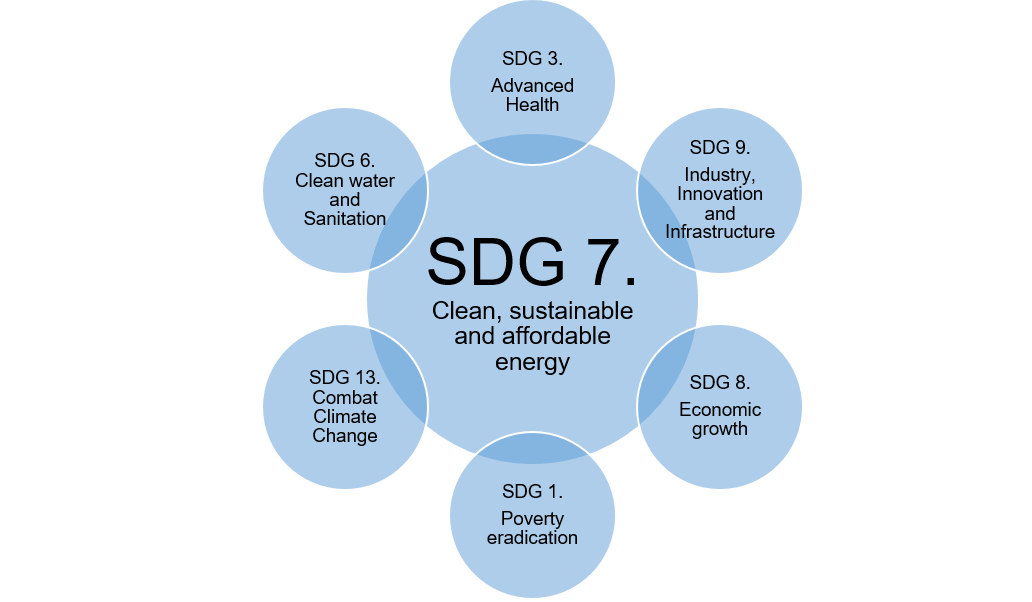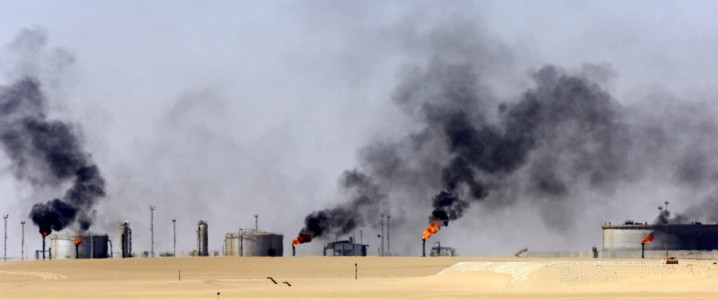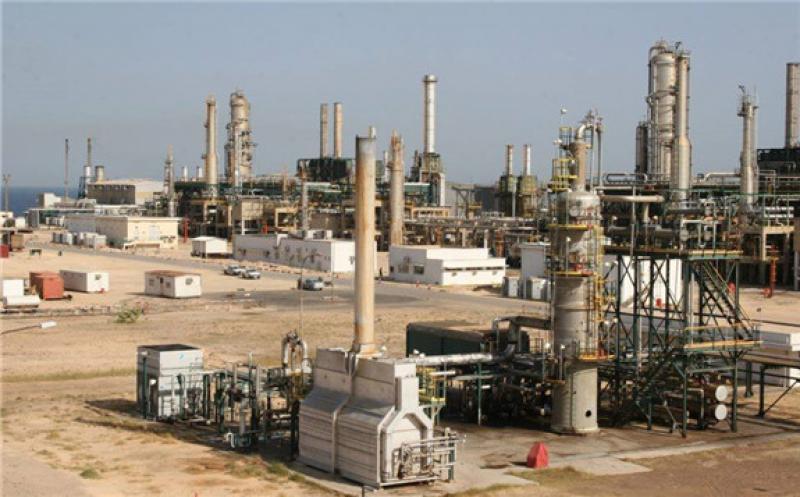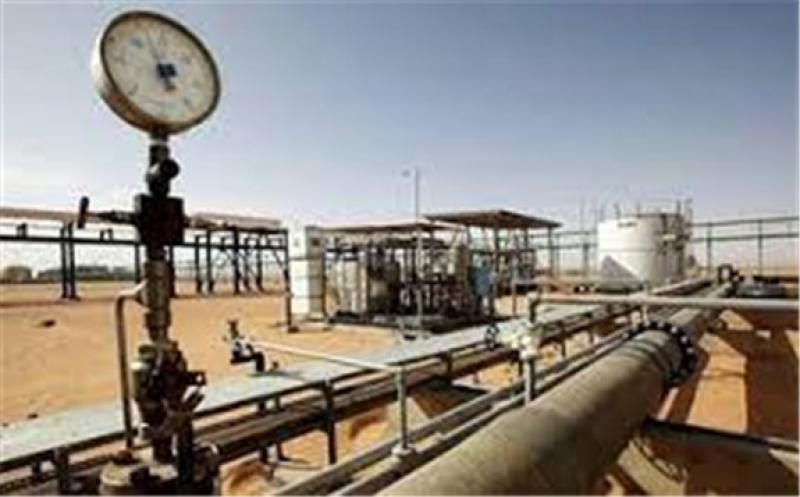As a team at Ontario Tech University launches a new "Ontario-centric" research project to evaluate the economics and environmental impacts of low-carbon energy technologies including small modular reactors (SMRs), a new report from Canadians for Nuclear Energy says the province should "seize the moment" by building new Candu technology now.

FEAS researchers Jennifer McKellar, Kirk Atkinson and Xianke Lin, pictured in the university's Energy Research Centre (Image: Ontario Tech University)
Ontario is poised for rapid growth in electricity demand but does not have the capacity to meet it, grassroots non-profit organisation Canadians for Nuclear Energy finds in The Case for CANDU. "Homegrown" Candu reactor technology "is far ahead of other options in terms of local economic benefit, fuel security, project risk mitigation, and a proven track record of success", the report finds, and a "window of opportunity" created by reactor refurbishment projects that are already under way "offers a smooth onramp to new builds".
Candu pressurised heavy water reactors offer the lowest risk and highest benefit large nuclear option for Canada, the organisation argues. "Lowering project risk are decades of construction and maintenance experience, a fully developed supply chain and trained workforce, proven economics, and ongoing success with new-build-scale refurbishments. Meanwhile, decades of affordable power, uninterrupted fuel supply, successful exports, local jobs, community benefit, and a track record of decarbonisation prove that CANDU will meet the strictest criteria for new supply once built and will continue to do so for generations," it says.
Under current policy, Ontario's Independent Electricity System Operator (IESO) expects demand to increase by 60 TWh per year by 2043, enough to require adding ten new Candu reactors to the existing fleet of 18, the report finds. The province should consider building new Candu capacity alongside the planned BWRX-300 SMR at the Darlington New Nuclear Site, as well as beginning site development to support ten new Candu units, it recommends.
"Ontario faces energy challenges for which it has a proven solution and the opportunity to act," Canadians for Nuclear Energy President Chris Keefer said. "The pieces are in place. All that remains is to take the first step. To secure affordable energy for present and future generations, let's seize the moment and build new CANDU nuclear now."
The organisation has launched a petition urging the Government of Ontario to take action, including amongst other things by developing new sites for Candu construction, exploring the placement of two new Candu units at the Darlington New Nuclear Site, and seeking federal government support for future Candu projects.
SMR study
"No energy technology is inherently perfect: there are always going to be pros and cons," Jennifer McKellar, associate professor at Ontario Tech University's Faculty of Engineering and Applied Science (FEAS) said as the university announced the start of its study on the environmental impact of low-carbon electricity generation. The two-year investigation, jointly funded and supported by Ontario Power Generation (OPG) and not-for-profit organisation Mitacs, will apply life cycle assessment to consider all the impacts of technologies including lithium-ion battery technologies, SMRs, solar photovoltaics and wind turbines.
"For example, solar photovoltaics (PV) do not create carbon dioxide emissions during actual electricity generation, but the land requirements for their deployment can be significant. Similarly, both PV panels and wind turbines require critical minerals. It is important that we have a complete picture," McKellar, one of the project leaders, said.
Life cycle assessment considers impacts from the extraction of raw resources through to the final management of all waste, and this study will be one of the first to undertake such a comprehensive analysis for an SMR, Kirk Atkinson, director of the university's Centre for SMRs and an associate professor at FEAS, said. "Although we have a good handle on what SMR environmental performance will look like, this study will examine the details," he added.
"Our collaborative study with OPG and Mitacs Accelerate will be unique in that the analysis is an Ontario-specific examination of these four technologies, simultaneously," FEAS Assistant Professor Xianke Lin said. "This means we will be able to compare across technologies in a way that would not be possible if all four technologies were studied separately by four different researchers. This ensures a consistent and level playing field."







